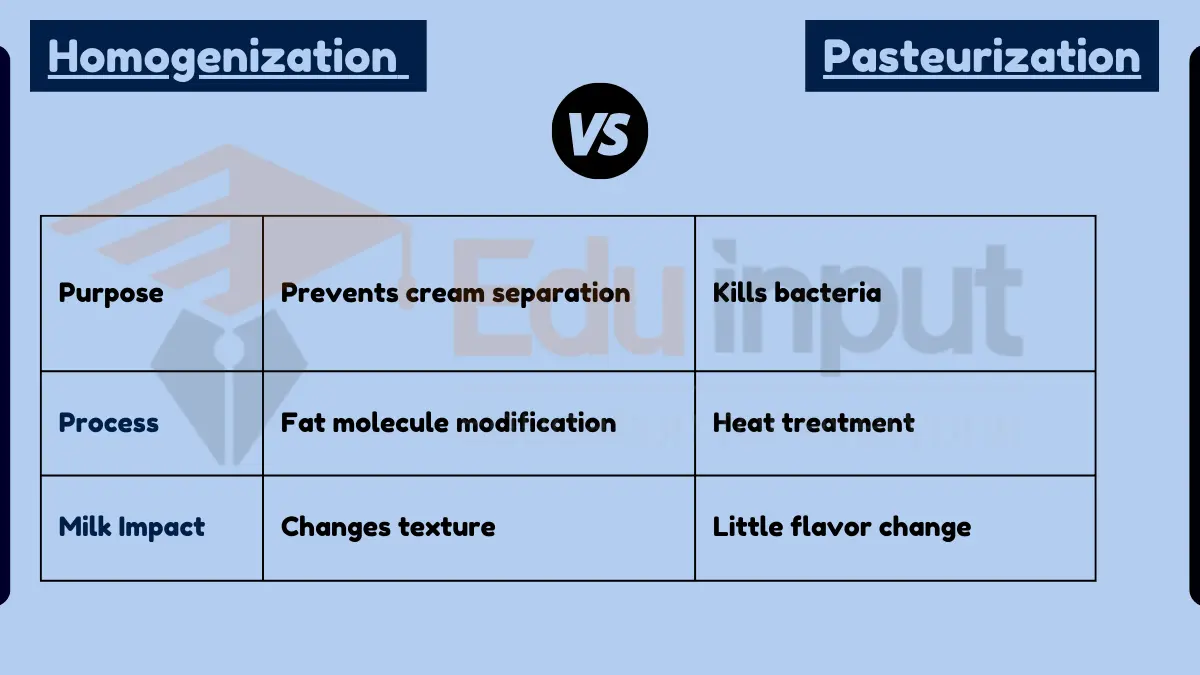Difference Between Stabilizers and Emulsifiers
Key Difference: Stabilizers and emulsifiers are additives used in food and cosmetics, but they serve different purposes and functions in products. Stabilizers are used to maintain the consistency and texture of a product. They help preserve the structure of the food or cosmetics, preventing ingredients from separating and enhancing shelf life. On the other hand, emulsifiers are agents that help mix two substances that normally do not mix well, such as oil and water. They are crucial in creating and maintaining a homogeneous mixture, ensuring even distribution of ingredients throughout the product.
Comparative Analysis:
- Primary Function:Stabilizers: Preserve the structure and consistency of a product.
- Emulsifiers: Enable the mixing of immiscible substances like oil and water.
- Role in Product Formulation:Stabilizers: Prevent separation crystallization and ensure product stability over time.
- Emulsifiers: Create stable emulsions and improve texture and mouthfeel.
- Common Usage: Stabilizers: Used in ice creams, jellies, sauces, and cosmetic creams.
- Emulsifiers: Found in mayonnaise, dressings, creams, and lotions.
- Examples:Stabilizers: Carrageenan, xanthan gum, gelatin.
- Emulsifiers: Lecithin, mono- and diglycerides, polysorbates.
- Effect on Product Quality: Stabilizers Affect the physical properties like viscosity and gel strength.
- Emulsifiers: Impact the product’s homogeneity and texture.
Table Summary of Stabilizers vs Emulsifiers
| Feature | Stabilizers | Emulsifiers |
|---|---|---|
| Function | Maintain consistency and texture | Mix immiscible substances |
| Role | Prevent separation, enhance stability | Create and maintain emulsions |
| Usage | Ice creams, sauces, jellies | Mayonnaise, dressings, lotions |
| Examples | Carrageenan, xanthan gum | Lecithin, mono- and diglycerides |
| Product Quality | Affect viscosity and gel strength | Improve texture and homogeneity |





Leave a Reply